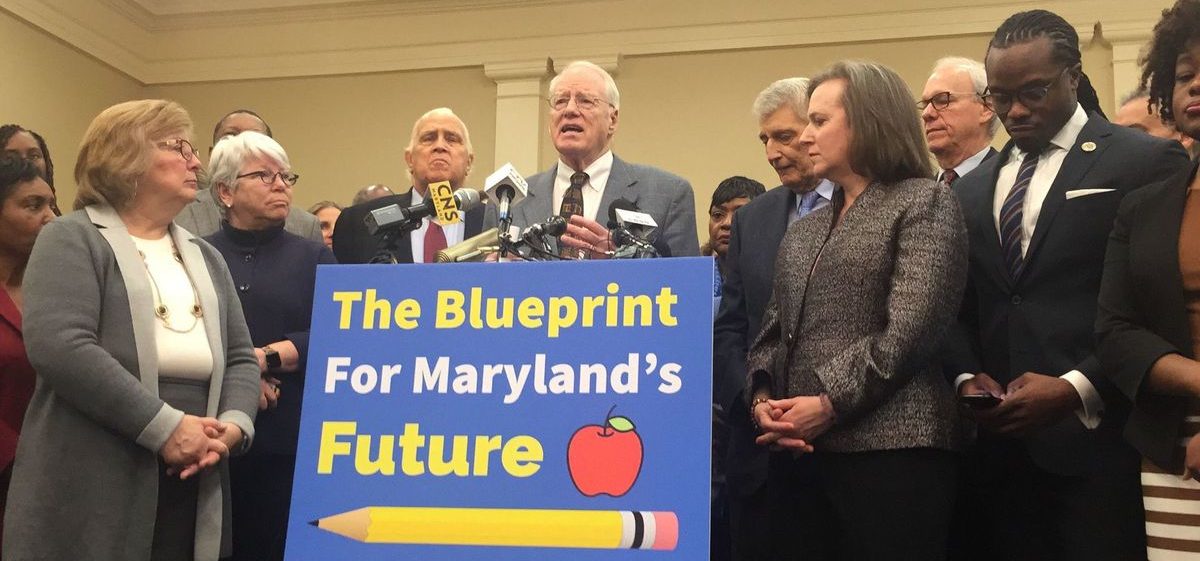What have I learned through this project?
I’ve lived in Baltimore for most of my life and have been lucky enough to have exposure to grassroots organizing and urban education throughout my own education. Almost the entirety of my family works in education, and throughout high school, I participated in various organizations with friends. My experiences have taught me about the value of education, but also the inequity the many students face in Baltimore.
I went to a well-funded middle school on the outskirts of the city in a majority-white and upper-class neighborhood. Roland Park Elementary Middle School (RPEMS) was clean and well-kept with a large field and playground for recess. My classes weren’t overcrowded allowing the teachers to give adequate attention to every student. I thought for the most part that this was what school was like for the average student in Baltimore. This changed when I went to high school. Baltimore City College is one of the top public high schools in the city, but I immediately noticed the advantages I had from middle school. RPEMS prepared me better than most of the other students in the high school. I was immediately placed into the higher classes, benefiting from the additional resources I had available at RPEMS. My peers went to elementary/middle schools with underpaid, undertrained staff in building with no heating and poor facilities. Even after they worked hard enough to get to one of the top high schools, they still had less access to higher-level classes. However, I don’t want to sell my high school short. Baltimore City College and its faculty worked as hard as possible to give every student as much opportunity as possible. The advisors were crucial in helping every student graduate and look forward to college. Many professors acted as great mentors for myself and my peers. This experience created more appreciation for urban educators.
Coming to Bowdoin, and learning about theorists, organizers, and educators like John Dewey, Ella Baker, and Stephen Flemming has helped me cultivate a strong understanding of what makes organizing and urban education so important. I am now able to apply my new knowledge to past experiences. I can see what made some of my teachers so effective, and I hope to be able to duplicate it.
The main takeaway I got from my research in this project was the multitude of obstacles that urban educators and organizers face. They are each working to uplift the public from a powerless situation. We organize to better our community. At the beginning and end of this course, we read an essay named “Why Organize?” written by Barack Obama (2012/1998). Obama begins the essay with a dialogue between himself and a public school administrative aide. She questions why he would want to work as a community organizer when he is well overqualified. He emphasizes the importance of organizing, not just providing for a community, but giving the community the resources and support needed to support itself. Before reading and analyzing Baker and Dewey, I don’t think I fully understood how important this message was. Grassroots organizations are able to serve their community because they are rooted within the community and can lift the general public up. Researching organizations that were effective in doing this by focusing on bringing more funding, resources, and support to urban schools actualized the concepts I read about prior to the project.
Since I am from Baltimore I was already aware of some grassroots organizations working for equitable education, but I was glad to see how many similar organizations exist across the United States. It is crucial that these organizations also serve a specific community. They are most effective when focusing on a specific, common goal that will better the public. I was still able to learn a lot about the issues the my city faces and how these organizations have combatted them. It is admirable how interconnected the organizations are throughout Baltimore. If you check the Twitters or Facebook pages of any of these organizations, they are constantly communicating with one another, and supporting shared causes. Corralling resources while still maintaining the voice of the public is a successful way to achieve development, and cities like Baltimore are working hard to do so.
